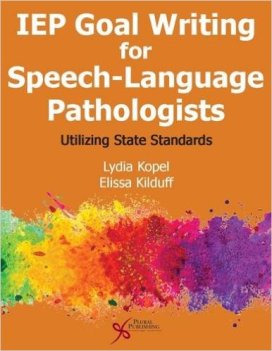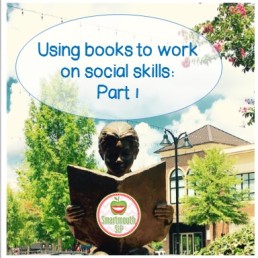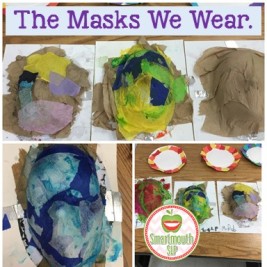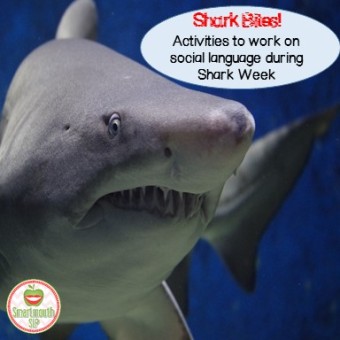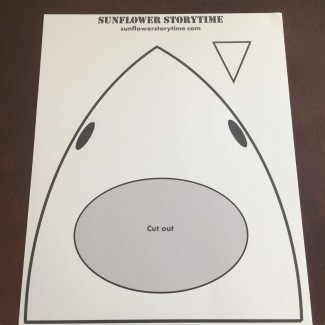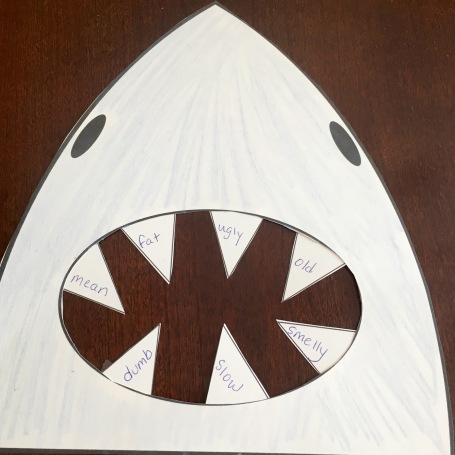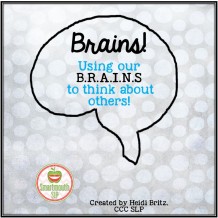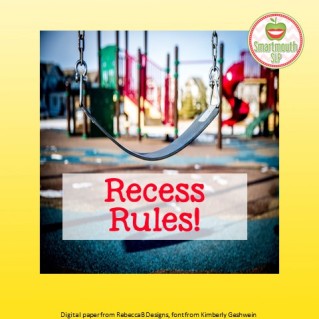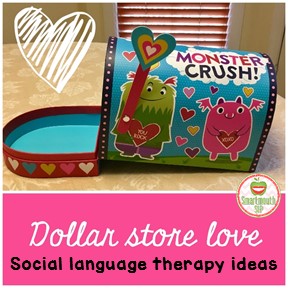
Valentine’s Day is upon us, and I am reminded again that it is a holiday that can be quite tricky for my students with social language impairments! There is a whole lot of indirect language, hidden rules and emotional regulation in this holiday. I found this adorable “monster crush” mailbox at my local dollar store (score!) and started thinking of all the ways I can use it this holiday, in my social therapy. Here are few that you might want to try too!
ESL websites are a great resource of figurative language activities that also benefit my kids with social language impairments! Here is one from EverythingESL on idioms related to the heart. You can write the idioms on a paper heart and the students have to take them out of the mailbox and explain what the idiom literally means. You can extend the activity by having them draw or write the meaning on the hearts and make a fun bulletin board from them.
For my upper grade students, I have this Cupid Quandary freebie in my TPT store.
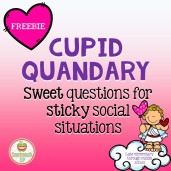
It has sixteen sticky social situations for your kids to talk through (you can use the mailbox with this as well for turn taking). It includes some blank template cards to add your own scenarios too.
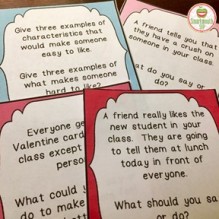
I use the Superflex® curriculum from Michelle Garcia Winner, and she has created a group of characters called Unthinkables. These characters personify some of the challenges my students may have, such as not being a flexible thinker (Rock Brain) or poor emotional regulation (Glassman). I have seen a few other SLPs (like Speech Room News ) create Unthinkable Valentines from these characters and have the students guess who they belong to. You could also give the student the Unthinkable and ask them to write a card from the Unthinkable’s point of view (much harder)! Extend the activity by talking about how the person receiving that Valentine might think or feel.
You could even get a little crazy and buy 2 mailboxes to sort valentine’s cards or hearts based on things you would say vs.things you should think or expected vs.unexpected comments related to Valentine’s Day. These are also social language concepts from Social Thinking®, so check it out if you haven’t already!
Want some more budget friendly Valentine’s Day ideas? Visit my Instagram page @SmartmouthSLP each day this week for dollar store ideas to target social language concepts!
It’s not a box of chocolates, but I hope these ideas make your Valentine’s day social language therapy a little sweeter!
